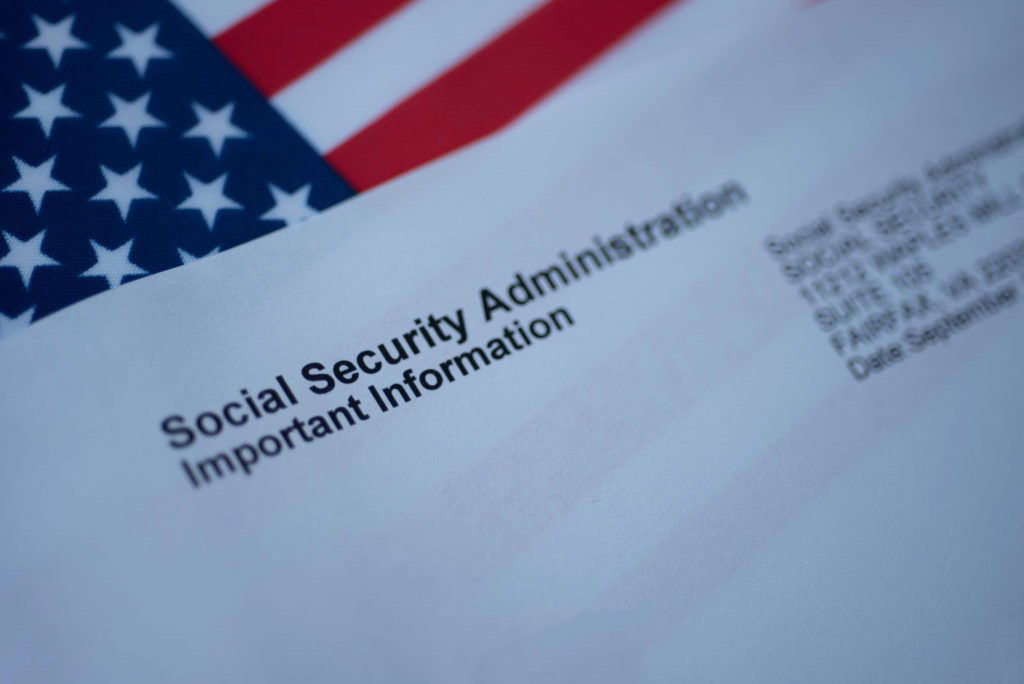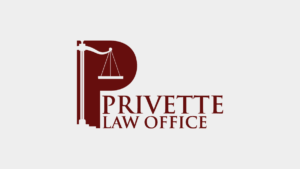
Don’t get caught off guard! Slam the Scam Day is March 9
Feb 27, 2023
Normal
0
false
false
false
EN-US
X-NONE
X-NONE
/* Style Definitions */
table.MsoNormalTable
mso-style-name:”Table Normal”;
mso-tstyle-rowband-size:0;
mso-tstyle-colband-size:0;
mso-style-noshow:yes;
mso-style-priority:99;
mso-style-parent:””;
mso-padding-alt:0in 5.4pt 0in 5.4pt;
mso-para-margin-top:0in;
mso-para-margin-right:0in;
mso-para-margin-bottom:8.0pt;
mso-para-margin-left:0in;
line-height:107%;
mso-pagination:widow-orphan;
font-size:11.0pt;
font-family:”Calibri”,sans-serif;
mso-ascii-font-family:Calibri;
mso-ascii-theme-font:minor-latin;
mso-hansi-font-family:Calibri;
mso-hansi-theme-font:minor-latin;
mso-bidi-font-family:”Times New Roman”;
mso-bidi-theme-font:minor-bidi;
Download a PDF of this press release
Download a PDF of this press release in Spanish
Don’t let scammers catch you unaware of their malicious tricks and schemes. Scammers are counting on you being uninformed of their deceptive tactics so that you will fall prey to their ruses. Don’t let it happen. Join us on National Slam the Scam Day, March 9, 2023, to help raise awareness and prevent scammers from succeeding in their crimes.
National Slam the Scam Day is an initiative created in 2020 to raise public awareness to combat Social Security-related scams. Last year, it expanded to include other government imposter scams as reported losses from consumers climbed to more than $446 million in 2021. According to the Federal Trade Commission, reported losses for 2022 are nearly $509 million.
Normal
0
false
false
false
EN-US
X-NONE
X-NONE
/* Style Definitions */
table.MsoNormalTable
mso-style-name:”Table Normal”;
mso-tstyle-rowband-size:0;
mso-tstyle-colband-size:0;
mso-style-noshow:yes;
mso-style-priority:99;
mso-style-parent:””;
mso-padding-alt:0in 5.4pt 0in 5.4pt;
mso-para-margin-top:0in;
mso-para-margin-right:0in;
mso-para-margin-bottom:8.0pt;
mso-para-margin-left:0in;
line-height:107%;
mso-pagination:widow-orphan;
font-size:11.0pt;
font-family:”Calibri”,sans-serif;
mso-ascii-font-family:Calibri;
mso-ascii-theme-font:minor-latin;
mso-hansi-font-family:Calibri;
mso-hansi-theme-font:minor-latin;
mso-bidi-font-family:”Times New Roman”;
mso-bidi-theme-font:minor-bidi;
SSA OIG partners with other government agencies, non-profit organizations, and the private sector to increase awareness about how to spot government imposter scams and avoid becoming a victim.
Consumer awareness is the most effective method of deterring these crimes, therefore, Slam the Scam Day is held annually as part of the Federal Trade Commission’s National Consumer Protection Week, (NCPW), March 5-11, 2023.
In a government imposter scam, someone claims to be an SSA, or another government employee, and may ask for personal information, demand payment, or make threats. These scams primarily use the telephone, but scammers may also use email, text messages, social media, or U.S. mail.
Normal
0
false
false
false
EN-US
X-NONE
X-NONE
/* Style Definitions */
table.MsoNormalTable
mso-style-name:”Table Normal”;
mso-tstyle-rowband-size:0;
mso-tstyle-colband-size:0;
mso-style-noshow:yes;
mso-style-priority:99;
mso-style-parent:””;
mso-padding-alt:0in 5.4pt 0in 5.4pt;
mso-para-margin-top:0in;
mso-para-margin-right:0in;
mso-para-margin-bottom:8.0pt;
mso-para-margin-left:0in;
line-height:107%;
mso-pagination:widow-orphan;
font-size:11.0pt;
font-family:”Calibri”,sans-serif;
mso-ascii-font-family:Calibri;
mso-ascii-theme-font:minor-latin;
mso-hansi-font-family:Calibri;
mso-hansi-theme-font:minor-latin;
mso-bidi-font-family:”Times New Roman”;
mso-bidi-theme-font:minor-bidi;
“Working with our law enforcement and private sector partners to inform consumers about scammers and their deceptive practices remains a priority for my office. We will continue promoting National Slam the Scam Day to help protect consumers from these predators. Slamming the scam begins with consumers quickly taking a step to hang up the phone, or delete suspicious texts and emails, without responding to the scammers,” said Gail S. Ennis, Inspector General for the Social Security Administration. “That remains the easiest and most effective method to avoid falling prey to these vicious scams.”
“We are dedicated to combatting Social Security scams and fraud,” said Kilolo Kijakazi, Acting Commissioner of Social Security. “We will continue to use every tool at our disposal to protect the public and their critical benefits. We urge Americans to remain vigilant, do not give out personal information or money, and report any scam attempts.”
Tips for spotting scams is a critical component because it’s important to keep consumers aware of current trends and past behavior patterns of the scammers. SSA OIG provides resources on its website and posts tips and warnings on its social media platforms.
SSA OIG urges everyone to be cautious of any contact supposedly from a government agency telling you about a problem you don’t recognize and provides the following tips.
Real government officials will NEVER:
threaten arrest or legal action against you unless you immediately send money;
promise to increase your benefits or resolve a problem if you pay a fee or move your money into a protected account;
require payment with gift cards, prepaid debit cards, wire transfer, Internet currency, or by mailing cash; or
try to gain your trust by providing fake “documentation,” false “evidence,” or the name of a real government official.
Additional resources for the press and public can be found at https://www.ssa.gov/scam/resources.html. The public is encouraged to report Social Security-related scams and fraud online at https://secure.ssa.gov/ipff/home. Other government imposter scams may be reported to the Federal Trade Commission https://www.ftc.gov/scams.
Join us on Facebook and Twitter to follow along on National Slam the Scam Day using #SlamTheScam and visit www.ssa.gov/scam for more information.
Follow us on Twitter
Like us on Facebook
Get Email Updates
Read more from the SSA: Read More



